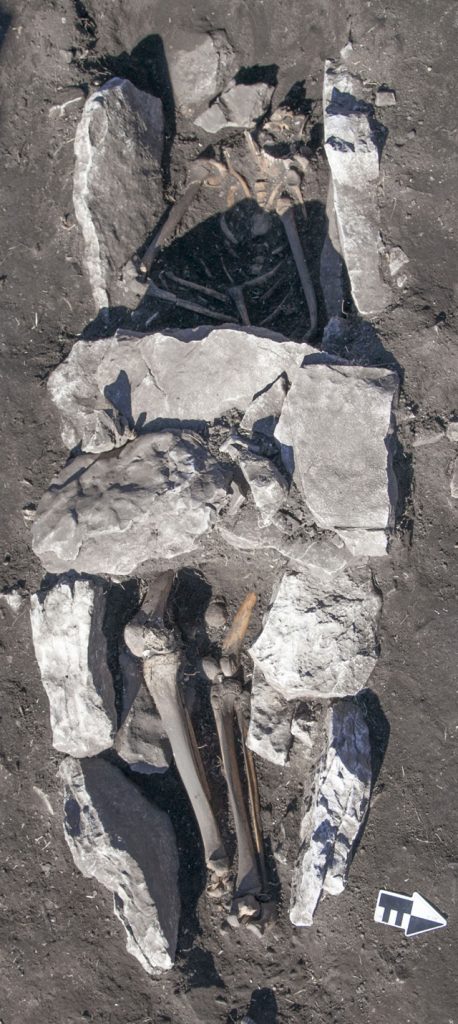![Lykaio Mountain, Greece. [PHOTO: greece.com]](https://historythings.com/wp-content/uploads/2016/09/26086010.jpg)
Mount Lykaion, Greece. [PHOTO: greece.com]
When we think of Ancient Greece, what comes to mind? Usually, we imagine men in white robes sitting under marble columns discussing philosophy, right? Or, we think of the great Classics, like Homer’s Illiad and Odyssey, and plays like Oedipus Rex, and great works of literature like Plato’s Republic. Ancient Greece has been generally accepted to be the birthplace, the cradle of modern civilized society, but there’s an ancient specter that haunts the shadows of this civilization’s mythology: ritual murder.
Until now, Ancient Greece has been considered something of an unique society among ancient cultures. Many contemporary empires, including Rome and Egypt, practiced ritual murder to appease the gods or change their circumstances somehow. However, no archaeological record of the Greeks doing so has been found.
Even so, Greek mythology is riddled with the haunting narrative. Agamemnon attempted to sacrifice his daughter, Iphigenia, for fair winds to Troy. In another story, it’s said that several humans were sacrificed to Zeus atop Mount Lykaion. In one version of the story, King Lycaon (for whom the mountain is named), sacrificed a baby on the altar to Zeus and was promptly turned into a wolf. The story around this particular mountain grows darker when, in another Greek myth, a boy and several animals were sacrificed, too. The men doing the sacrificing cooked the meat together in one big stew, ate it, and then turned into wolves for nine years.
We get these stories from writers like Pausanias, Homer, and Plato. However, there has been no archaeological evidence to back up that such acts ever happened. Well, no record until now.

PHOTO: yppo.gr
Atop Mount Lykaion in the Peloponnese mountains, a team of Greek and American archaeologists have uncovered the skeleton of a teenage boy near a large sacrificial altar, buried beneath a huge heap of ashes from sacrificial animals.
This is not the first time that scholars and historians have tried to solve the problem of the role of human sacrifice in Greek culture. Most studies, however, have turned up emptyhanded, concluding that the narrative of human sacrifice in Greek mythology was entirely fictitious.
The excavators say it’s too early to determine how, exactly, the teenager died, however, this discovery does seem to point in the direction of the reality of human sacrifice in Greek culture.
Dr. David Gilman Romano, a professor of Greek Archaeology at the University of Arizona, put it this way in an interview with The Associated Press: “Whether it’s a sacrifice or not, this is a sacrificial altar … so it’s not a place where you would bury an individual. It’s not a cemetery.” He also added that it really does look like sacrifice. The body was laid between two lines of stones on an east-west axis – a direction that has immense religious significance across many ancient cultures. The excavators have also found remains of animal and human figurines, vases, coins, and drinking cups. The human presence on the mountain dates back 5,000 years – long before the Greeks ever started worshiping Zeus.
Dr. Romano pointed out they’ve only excavated 7% of the remains near the altar.
“We have a number of years of future excavation to go,” he said, “We don’t know if we are going to find more human burials or not.”
It seems strange to think of an “advanced”, democratic culture like the Greeks as committing ritual homicide in hopes of turning into wolves or swaying the gods in their favor. However, it’s important to remember that the same civilization who produced the likes of Plato also poisoned Socrates for attempting to turn the youth of Athens away from worshiping the gods, and believed their gods lived on the top of a very climbable hill. A find like this, if it proves to be ritual murder, could really put our view of Ancient Greece into perspective.

